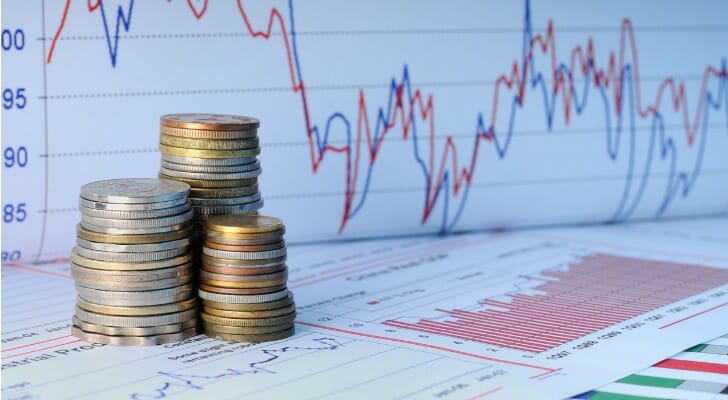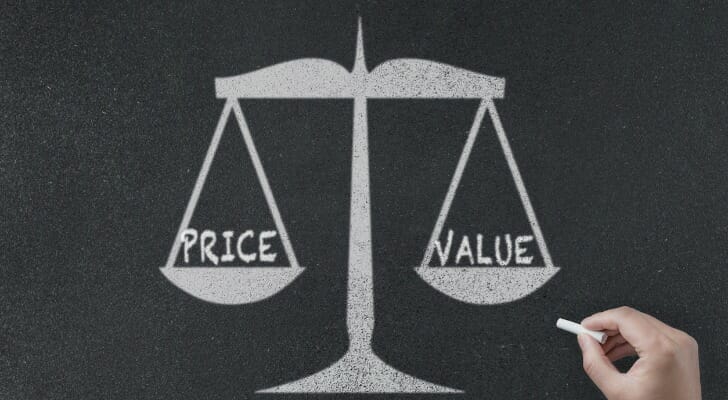There are a few ways to determine a company’s valuation, but they all come down to figuring out just how much the company is worth. That said, different methods tell you different things, so it is worth knowing about all of them. If you own a business, knowing the valuation of a business is important because it helps you make choices about how to move forward. If you are an investor, knowing the valuation of various companies is important because that will let you make the smartest investment decisions. For help with all types of financial questions, including business valuation, consider working with a financial advisor.
Valuation at a Glance
1. Book Value
Checking a company’s balance sheet is one quick way to discern its value. The book value is a company’s total assets minus total liabilities. It’s also referred to as a going concern asset-based approach.
2. Liquidation Value
This method answers one question: How much net cash would a be worth if it was liquidated and its liabilities were paid off.
3. Capitalization Past Earnings
Using past earnings, this method estimates future growth while factoring in normal expenses. It then multiplies normal cash flow by a capitalization factor, or the expected rate of return once risk is considered.
4. Market Value

A market valuation compares a company to similar businesses that have recently sold. Similar to property sale comparisons in real estate, this method works best if similar companies have been sold recently. If competition is sparse, however, you may want to consider a different method.
5. Market Capitalization
Market capitalization is often included in a publicly traded company’s share summary. It is calculated by multiplying the share price by the number of shares outstanding.
On July 1, 2019, Apple shares were valued a $201.55. With more than 4.6 billion shares outstanding, that gave Apple market capitalization (or a “market cap”) of $927.35 billion.
6. Times-Revenue Method
This formula uses a multiplier of current revenue to determine a company’s maximum value. That multiplier is based on variables including the industry the company is in and the state of the economy at the time.
Using company earnings from the last 12 months as a base, this method multiplies that revenue accordingly. Sometimes the multiplier is lower than earnings; sometimes it more than doubles revenue. A tech company with $500,000 in earnings might be worth 3x revenue — or $1.5 million.
However, since revenue and profit don’t always equate, this method may not yield a true valuation.
7. Discounted Cash Flow (DCF)
This is perhaps the most reliable valuation, but it’s also one of the most complex. DCF measures how much cash a business brings in each year and projects that cash flow into the future. It then discounts that potential cash flow to the current day. DCF isn’t easy, but Warren Buffet swears by it.
The Bottom Line

A company’s value may rely on more than one formula. Try to take different valuations into account, and base your decisions off of those varied figures. Understanding the value of your business can help you make financial decisions.
Tips for Business Valuation
- If you’re looking to invest in a company, it’s best to review all your options with an expert. Finding a financial advisor doesn’t have to be hard. SmartAsset’s free tool matches you with up to three vetted financial advisors who serve your area, and you can interview your advisor matches at no cost to decide which one is right for you. If you’re ready to find an advisor who can help you achieve your financial goals, get started now.
- Once you’ve made your investments, you may be interested in seeing how they might grow for you over time. Consider using SmartAsset’s free investment calculator to see what an investment might look like in the future given a specific rate of return.
Photo credit: ©iStock.com/zhz_akey, ©iStock.com/dblight, ©iStock.com/wutwhanfoto
